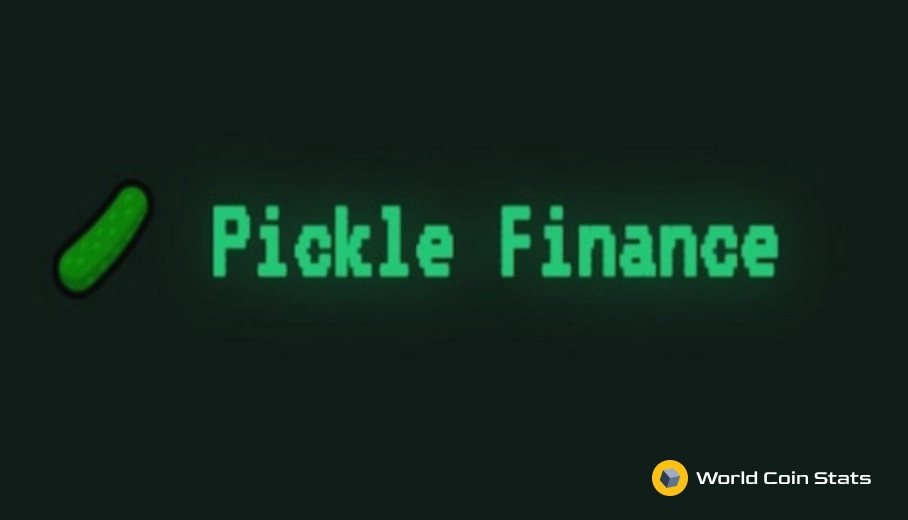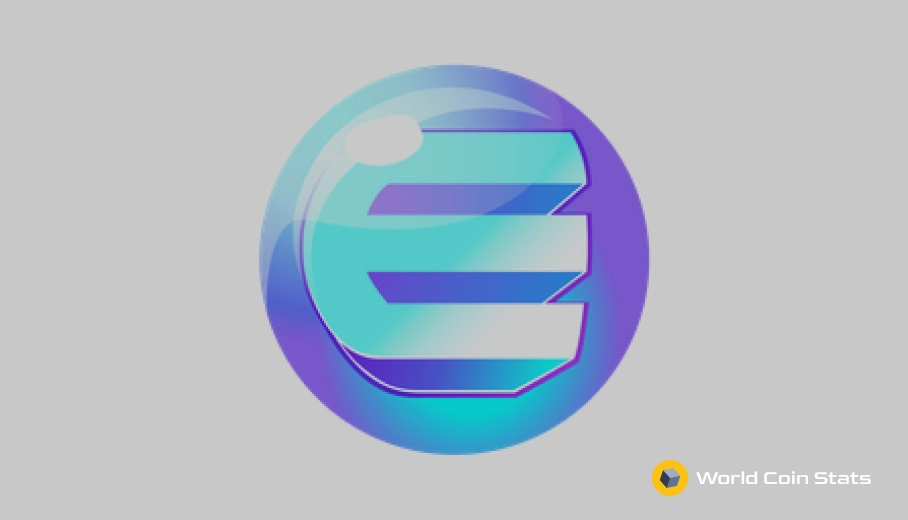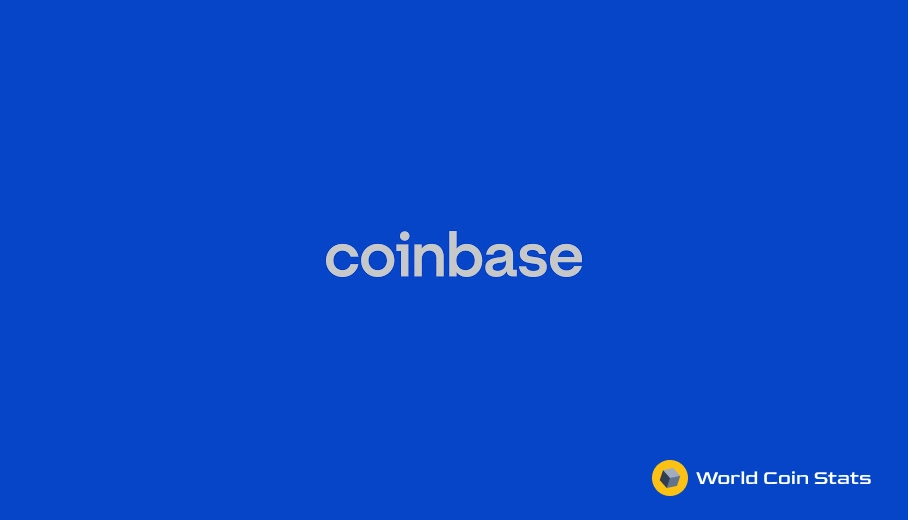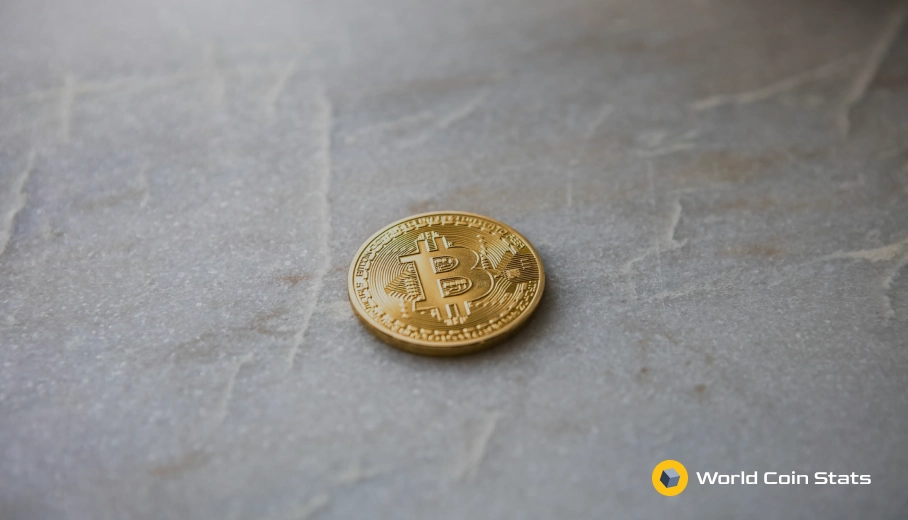Pickle Finance
Yes, Pickle Finance. It has its own emoji and $25+ million in locked assets. Despite its meme approach, it is a respectable protocol with an interesting objective.
Pickle’s mission is to use money deposited by users to bring stablecoins back to their pegs. In order to do so, Pickle designs strategies “a la Yearn” and farming incentives that return interest to the depositor. This being so, it is a goal that creates cycle agnostic strategies that should work both in bear and bull markets. However, they could expand beyond stablecoins and work on arbitrage strategies around BTC and synthetic BTC and others. It also offers Jars (like YFI vaults).
This protocol is one of the food protocols that launched after Yam made this a thing and the risks it faces are considerable. Notwithstanding that, it has a great community and a bold goal that makes sense. Also, the dev team seems to be up to speed as recent events showed.
A bug in the code
Pickle was in the news because one of the jars it offered was not working correctly. Users withdrawing from it weren’t receiving the right amount of funds. A jar operates like a YFI’s vault: users deposit funds to it and it chases a yield following a specified strategy. When the problem was noticed, the team quickly issued a statement explaining that the money not received was not lost and that they were working on a solution. 48 hours later, the issue was resolved and jars were operating again.
This situation was extremely encouraging. In an industry were small problems usually indicate that your funds are about to disappear or that the team is dumping their bags, here `we witnessed a team reporting, issuing statements, and fixing.
Of course, this does not mean that the protocol is bug-free or that the team is 100% honest. It is only one example of dedication, expertise, and responsibility very much appreciated in a sector like crypto.
How does it work?
In its first version, Pickle offered token rewards to Uniswap LP’s of some stablecoin pools:
USDC-ETH
USDT-ETH
sUSD-ETH
Pickles were issued and used to bring the stablecoin back to its peg. For instance, if a stablecoin is below its peg, more Pickles are allocated to the pool to incentivize buy pressure and raise its price. Viceversa if a stablecoin is above its peg. For example, if DAI is currently trading at $1.02 but USDC is trading at $1.00 then the rewards for DAI/ETH will be lower than the rewards for USDC/ETH liquidity pairs.
Of the issuance, 25% of Pickles are allocated to these pools dynamically depending on where the stablecoins are trading. The remaining or 75% of issuance is allocated to the Pickle/ETH pool to help drive the liquidity of Pickle. Therefore, all the farms were the user can deposit funds are stablecoin farms (aside from the PICKLE-ETH one).

Pickle Jars
Shortly after launching, Pickle added Jars, vaults where users can deposit liquidity that will be used to some kind of alpha-seeking strategy. The first strategy they implemented was farming CRV and UNI and selling it for the underlying LP tokens. The team stated that there will also be leveraged stablecoin strategies in the future, given the original premise of Pickle finance.
The fees for Pickle Jars (pJars) are the following:
- 3% to governance for the subsidized gas event (this is 5% on yVaults)
- 0.5% to the function caller (as a reward for triggering the strategy)
- 1.5% is used to buy and burn PICKLEs from the market
- There will also be a 0.5% withdrawal fee, the same as yVaults.
These strategies can be expanded while keeping the core idea of bringing stablecoins back to their peg. For instance, flash loans can be a pJar strategy where a pJar has stablecoin deposits, flash loans for more of a stablecoin locks it in Maker’s vault, mints more DAI, trades the stablecoin when DAI is at a premium, and pays back the flash loan with the alpha to the pJar.
Valuation
What makes projects such as Pickle interesting is the recurrent fee generation that they could earn and that can be used to reach a fair valuation of the protocol. There were some discussions and proposals regarding the token issuance which in the beginning was going to be much higher than the final agreed-upon of 1.37m tokens. Perpetual issuance could actually end up happening to incentivize development and more Jars, but it’s still early to be confirmed.
Actually, another one of the strong points going for Pickle is the engagement of the community which passed this and other changes showing great participation in its governance.
Risks
Being a 30 day old token by October 2020, it shows still a great deal of risk. Here are some of the most obvious, please do not take the following list as an exhaustive one.
- The code is unaudited, and we have not seen any auditors contracted.
- Pickle faces competition from other projects which are incentivizing the creation of automated yield farming strategies, like yearn. Competing with yearning may not end well for Pickle.
- The founders are anonymous.
- If a more compelling DeFi project surfaces, users and liquidity could leave for that project.
Treat pickles with care.




